
 DS11 | 2024
Cantina Nisida | Marine Winery
Christopher John Briggs
DS11 | 2024
Cantina Nisida | Marine Winery
Christopher John Briggs



 DS11 | 2024
Cantina Nisida | Marine Winery
Christopher John Briggs
DS11 | 2024
Cantina Nisida | Marine Winery
Christopher John Briggs

0-0, 0-1, 1-0, 1-1 BINARIES OPPOSED
pp. 1-5
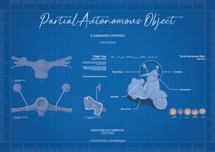
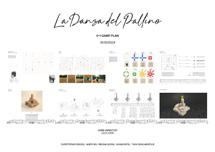


2-0
CITY AT A DISTANCE
pp. 6-7


2-1 HOUSE OF WORK
pp. 8-14
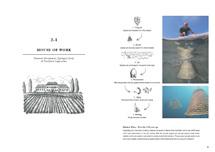



2-1
TYPE VS TYPOLOGY
pp. 15-24



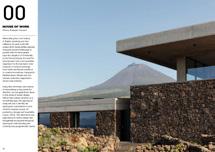
2-1 SITE SPECIFICATION
p. 25
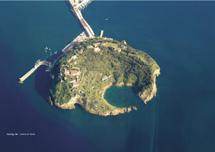
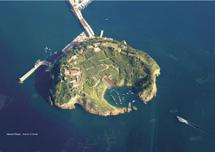
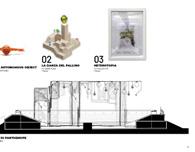


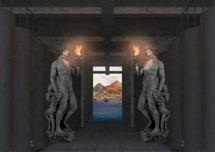

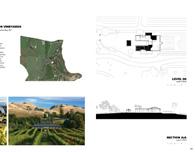
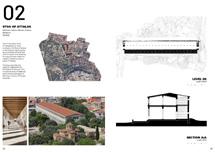
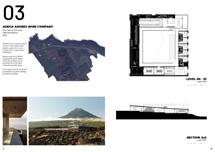
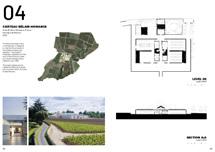
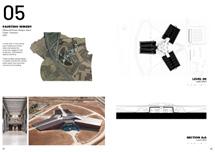

3-0
CITY UP CLOSE p. 26

3-1
BAGNOLI MASTERPLAN pp. 27-30


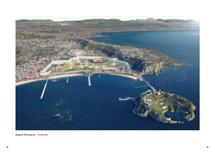
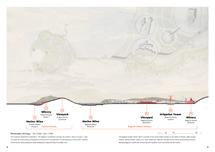
4-0
SITE ANALYSIS p. 31
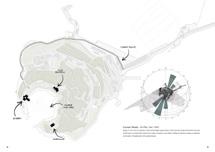
4-1
TECHNICAL DESIGN
pp. 32-34



5-0
MARINE WINERY
pp. 35-40
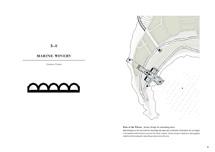
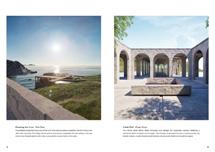



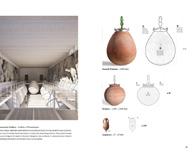


The Economy of Naples

1st Century AD
In 79AD Mount Vesuvius erupted, burying Pompeii and Herculaneum, damaging the cities economy
8th Century BC
Founding of Neapolis by Greek settlers, the economy was based on Agriculture and Maritime Trade
13th Century AD
The Angevin dynasty takes control, contributing to prosperity through Trade, Manufacturing and Culture
9th Century AD
Naples is ruled by the Byzantines, Saracens and Lombards, impacting its economic development
11th Century AD
Norman rule introduces the Feudal system and with it economic and cultural revival
5th Century BC
Naples became part of the Roman Republic and its economy grew, becoming an important Port city 5th Century AD
In 476AD the Roman Empire Fell, leading to economic instability and periods of decline
20th Century AD
WWI and WWII brought destruction and disruption. Post-War brought Reconstruction and Industrialisation
18th Century AD
Bourbon rule see the cities economy start to recover and become a major cultural centre
Present Day
Economic diversification into Technology and Renewable Energy as well as traditional industries

21st Century AD
Tourism became a major economic driver as well as a resurgence of agriculture and the service sector
19th Century AD
16th Century AD
Spanish influence brings countless wealth and the development of artisan crafts, the port thrived
17th Century AD
Economic and Political instability caused by the Napoleonic wars stalls economic growth
19th Century AD
The unification of Italy in 1861 brought challenges due to the centralisation of the economy
Naples experiences economic decline due to various wars and the outbreak of the plague
Napoli’s economy has evolved significantly over the centuries, reflecting its historical and cultural heritage, while also adapting to the demands of the modern world. This timeline highlights key economic events and developments in Naples from its ancient origins to the modern era.
Themeatic Development, Typological Study & Territorial Supposistion
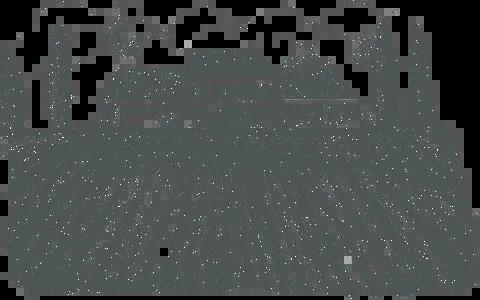

Grapes are harvested from the vineyard


2. Basket
Grapes are securely placed into wicker baskets


3. Sea
Baskets are submerged in the sea for a few days


4. Fermentation
After being dried in the sun, grapes are fermented for six months


The wine is then stored in amphora for aging

6. Bottling

Finally, the wine is bottled
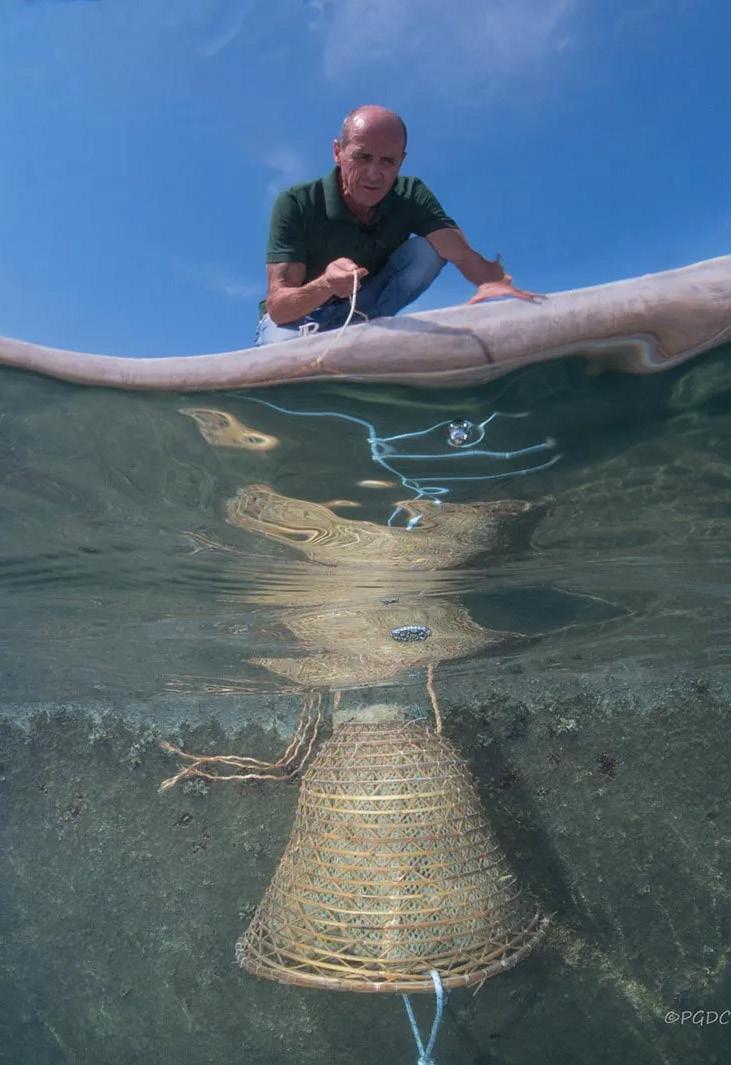

Marine Wine - Wine like 2500 years ago
Originating from the island of Nesos, Greece, the secret of Marine Wine had been lost for over 2000 years until it was rediscovered in the 21st century. After the harvest, grapes are securely placed inside wicker baskets, which are soaked in salt water for a period before fermentation. This process naturally retains more aroma and creates a distinctive and powerful taste of the finished wine that is a product of the terroir.

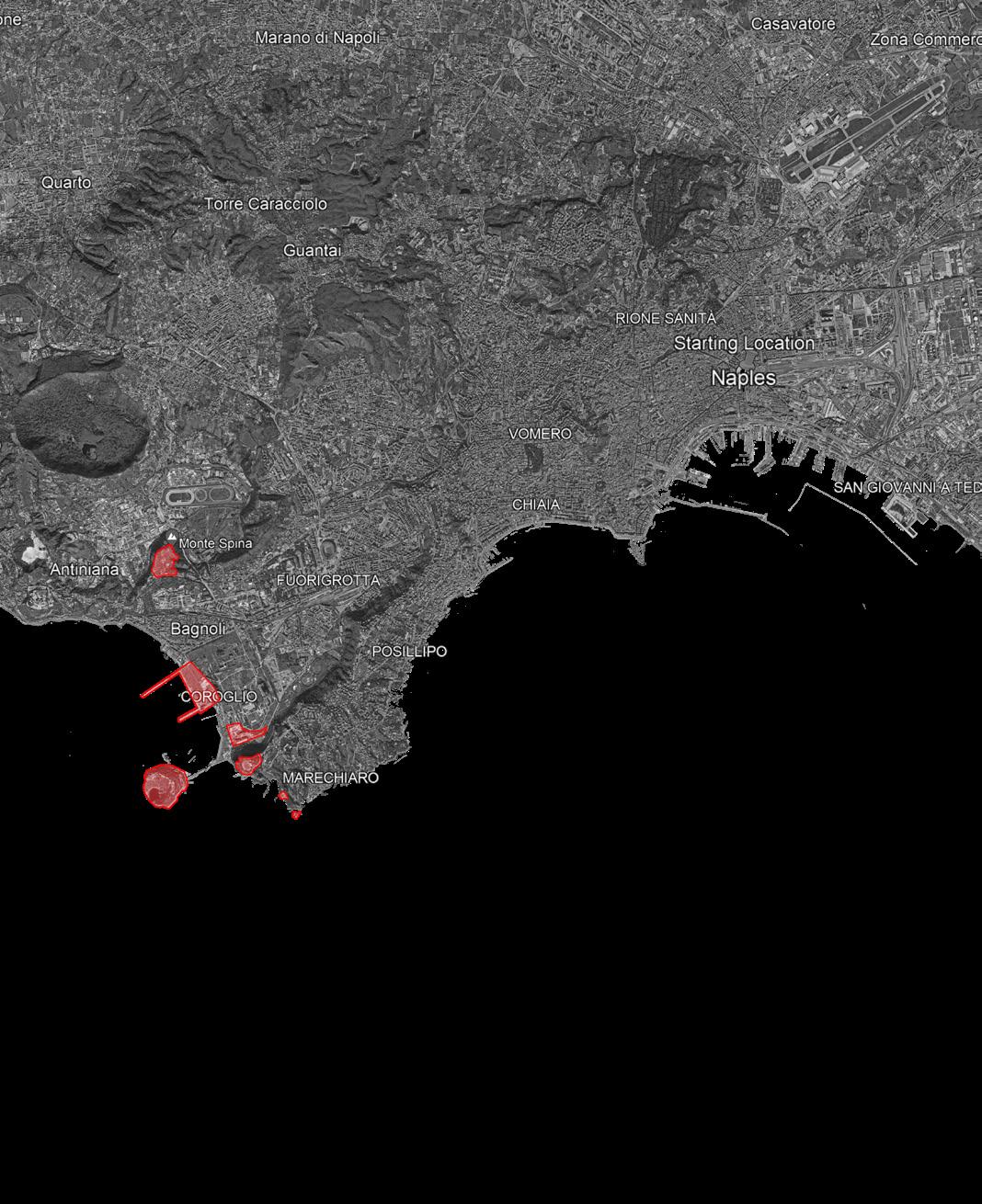
Map of Potential Sites across Naples - 1:15000
The main site requirements to meet the specifications required for a Marine winery are of course being close to a body of water but also a location with a rich terroir. The two volcanic sites on either side of the city of Naples are ideal locations to explore for this.


Because of the rich volcanic terroir of the Phlegrean Fields, early settlers managed to grow vast cereal crops on the hillside of many of the caldera. Upon the introduction of Christianity to the then Roman society, they required wine for their Sunday service. This prompted the revitalisation of the regions many vineyards left by the Greeks.

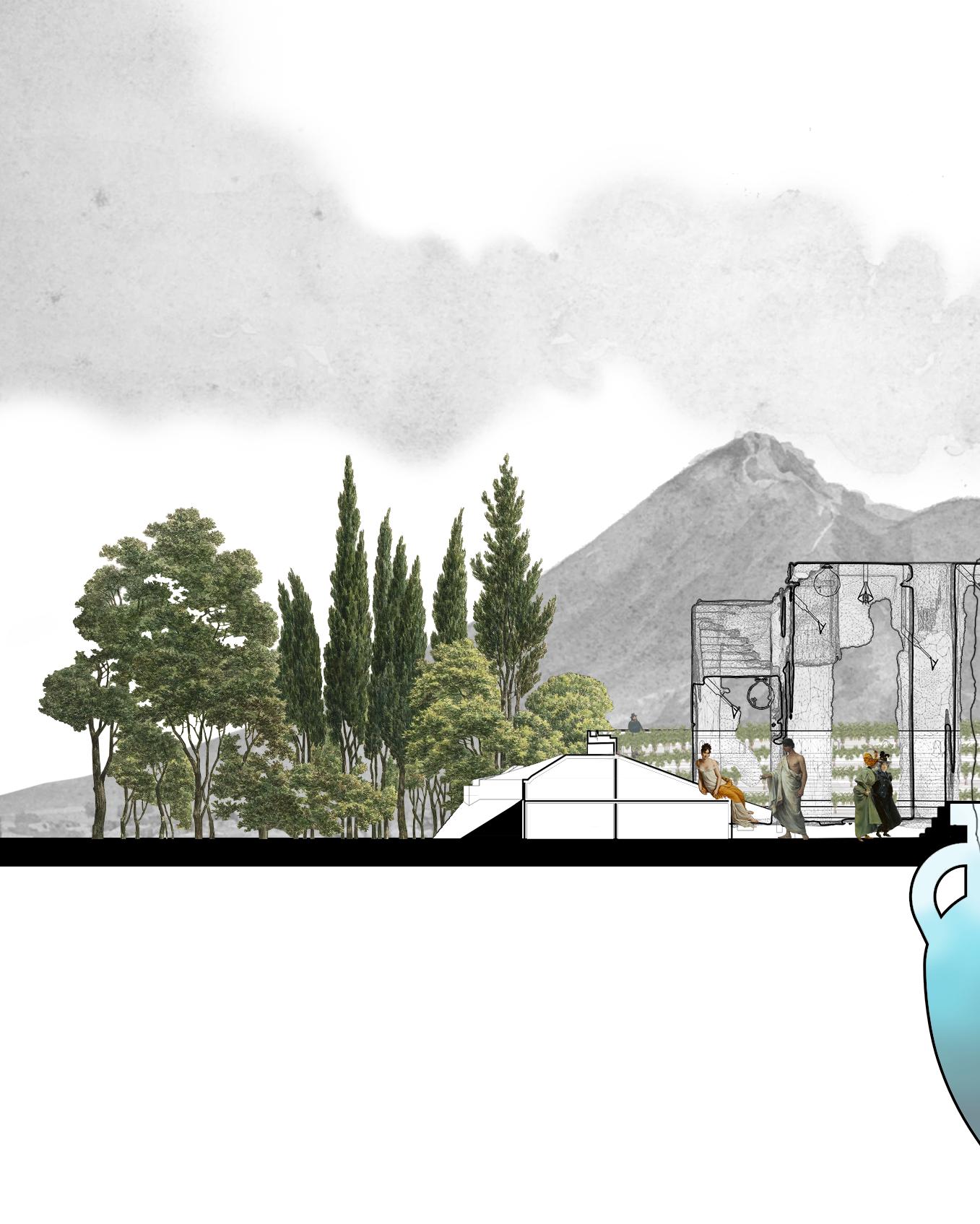
Opus Agredi, which translated means ‘House of Work’, delineates any building designed with its programmatic purpose focused on the dichotomy between public and private spaces. As architect Rafael Moneo describes, ‘Talking about typology means going beyond the boundaries that separate different building types.


Greek, Roman, Christian - Thematic Development
In this collage, an early Christian winery is depicted with fermentation vats on either side of a hallway and an opening flanked by two statues of Bacchus by Michelangelo. The opening reveals a view out across the Bay of Naples with Mount Vesuvius in the background.
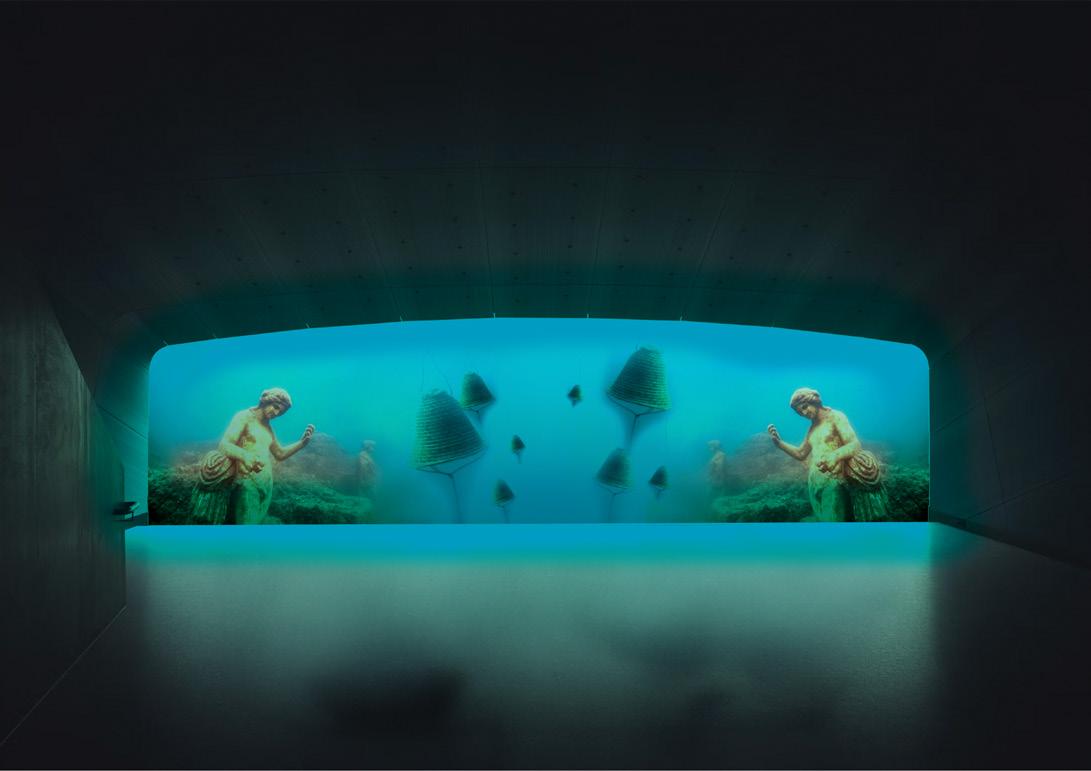
This collage explores the unique nature of marine wine by showing the grape baskets amongst the underwater city of Baiae to the West of Naples. The Parco Archeologico Sommerso di Baia contains many perfectly preserved Roman Mosaics and Julio-Claudian statues.


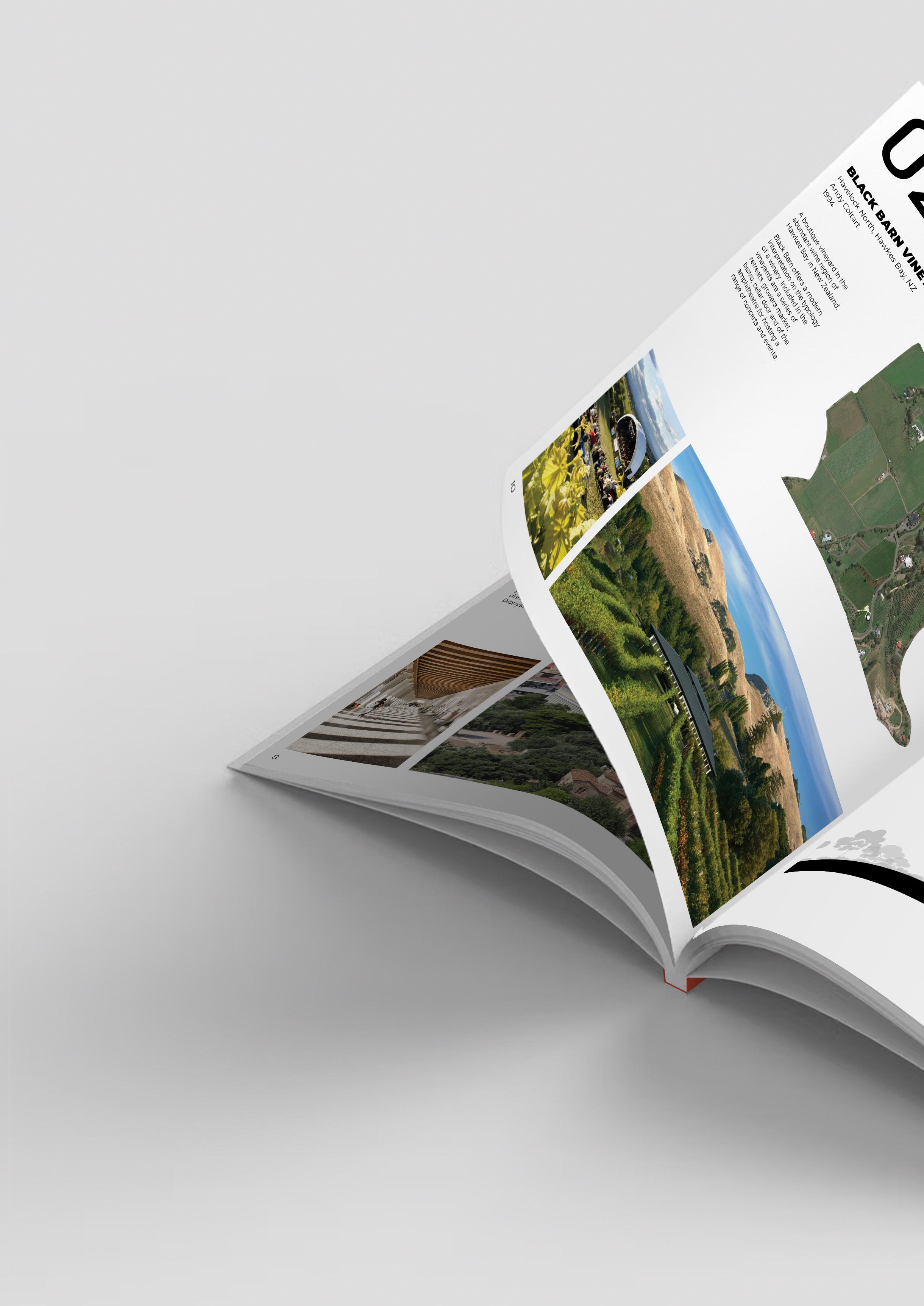
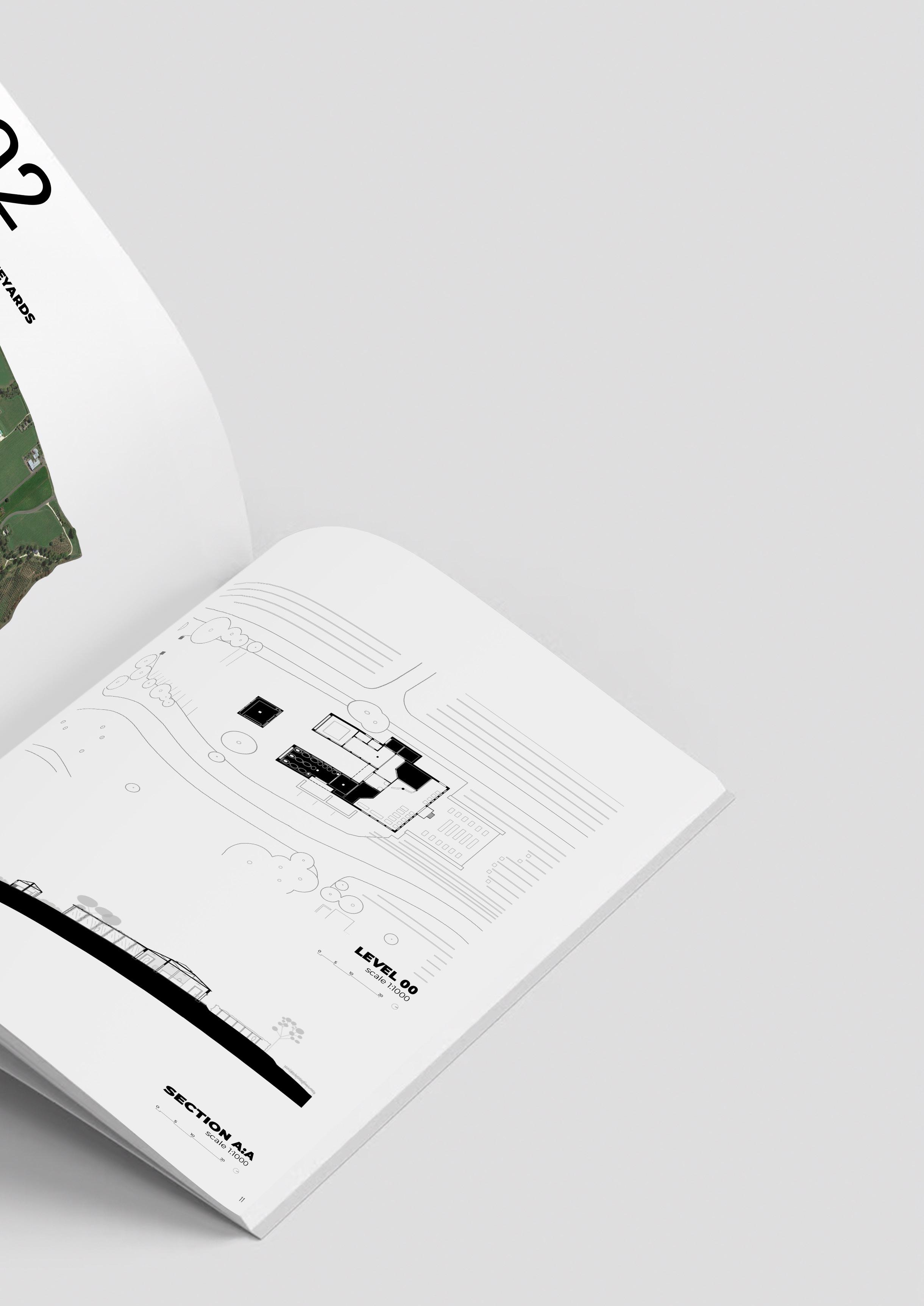

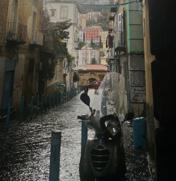



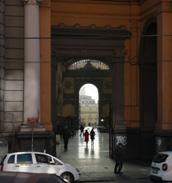
3-0 - City Up Close
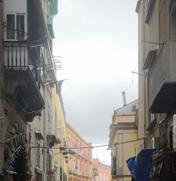
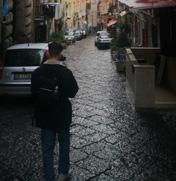


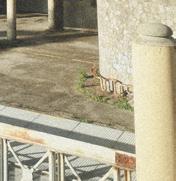


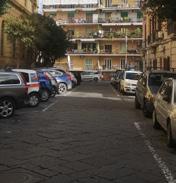

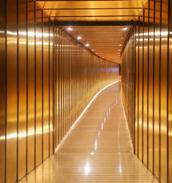
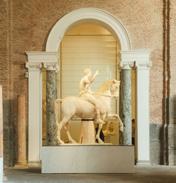
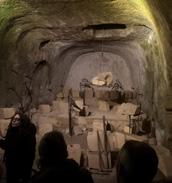


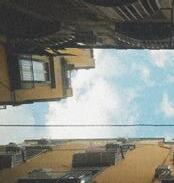

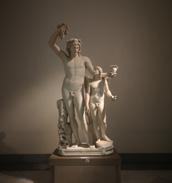
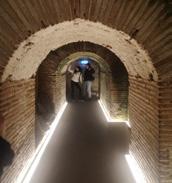
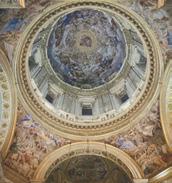

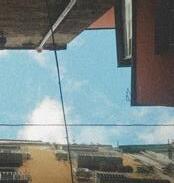
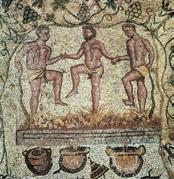



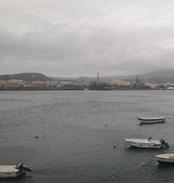
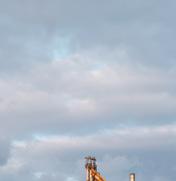




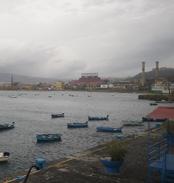







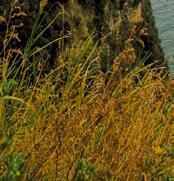
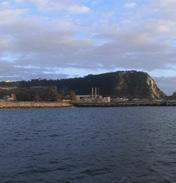

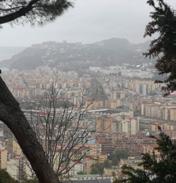
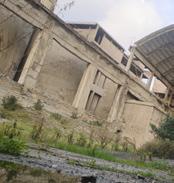

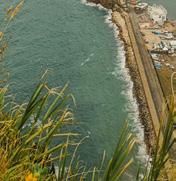
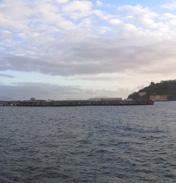


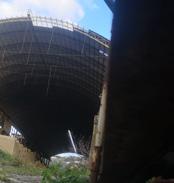


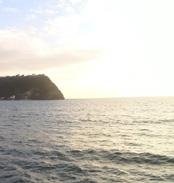

Healing the land








After completing a study of varying city plans these were placed on the empty site to see what density and style would suit Bagnoli. It was determined that a very low density plan was the best fit, providing ample space for arable land to grow crops and heal the scarred landscape.
Low Density Barcelona, Spain Cerda Grid Organic Medieval Plan Medium Density Edinburgh, Scotland Mixed Grid High Density Tokyo, Japan

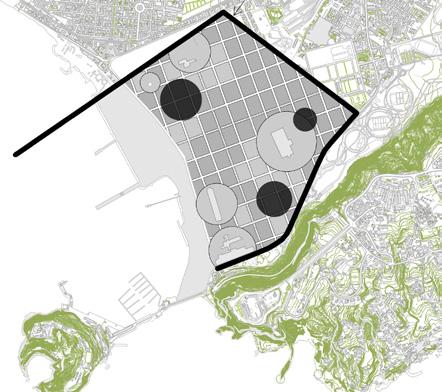
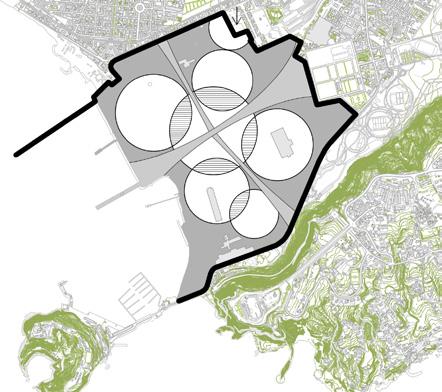
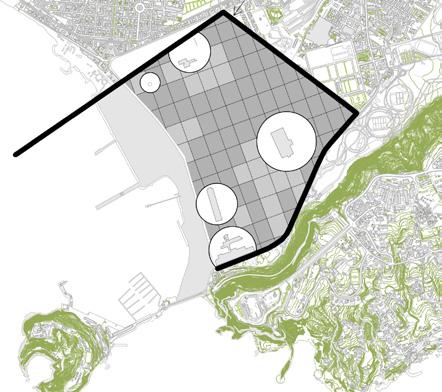


CHOSEN ARRANGEMENT
Alongside the retained historic buildings, the introduction of three large public amphitheatres spread across the masterplan provide space for legislative theatre. In the centre of the amphitheatres are solar irrigation towers, regulating the environment below and ensuring all crops planted across the new city are flourishing.
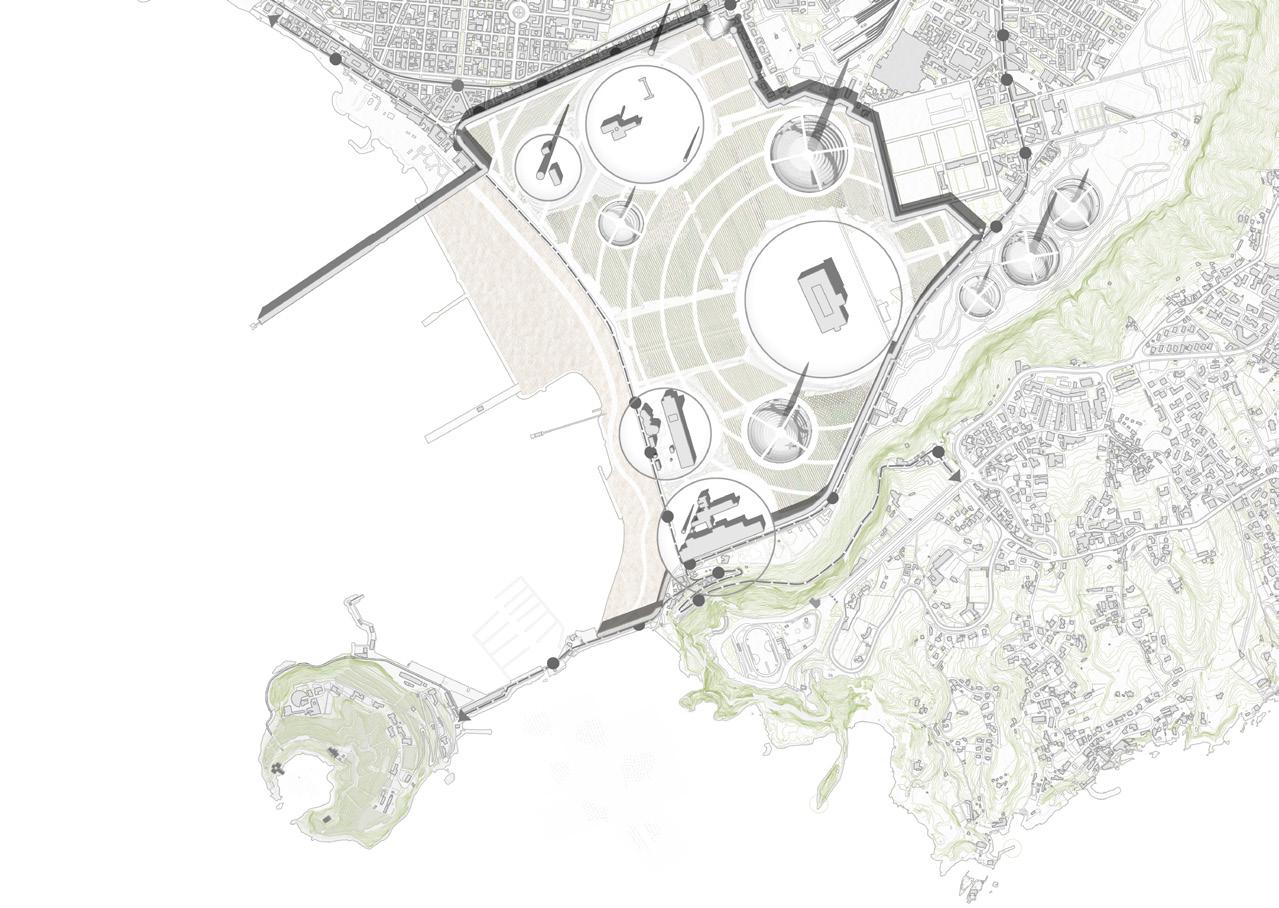

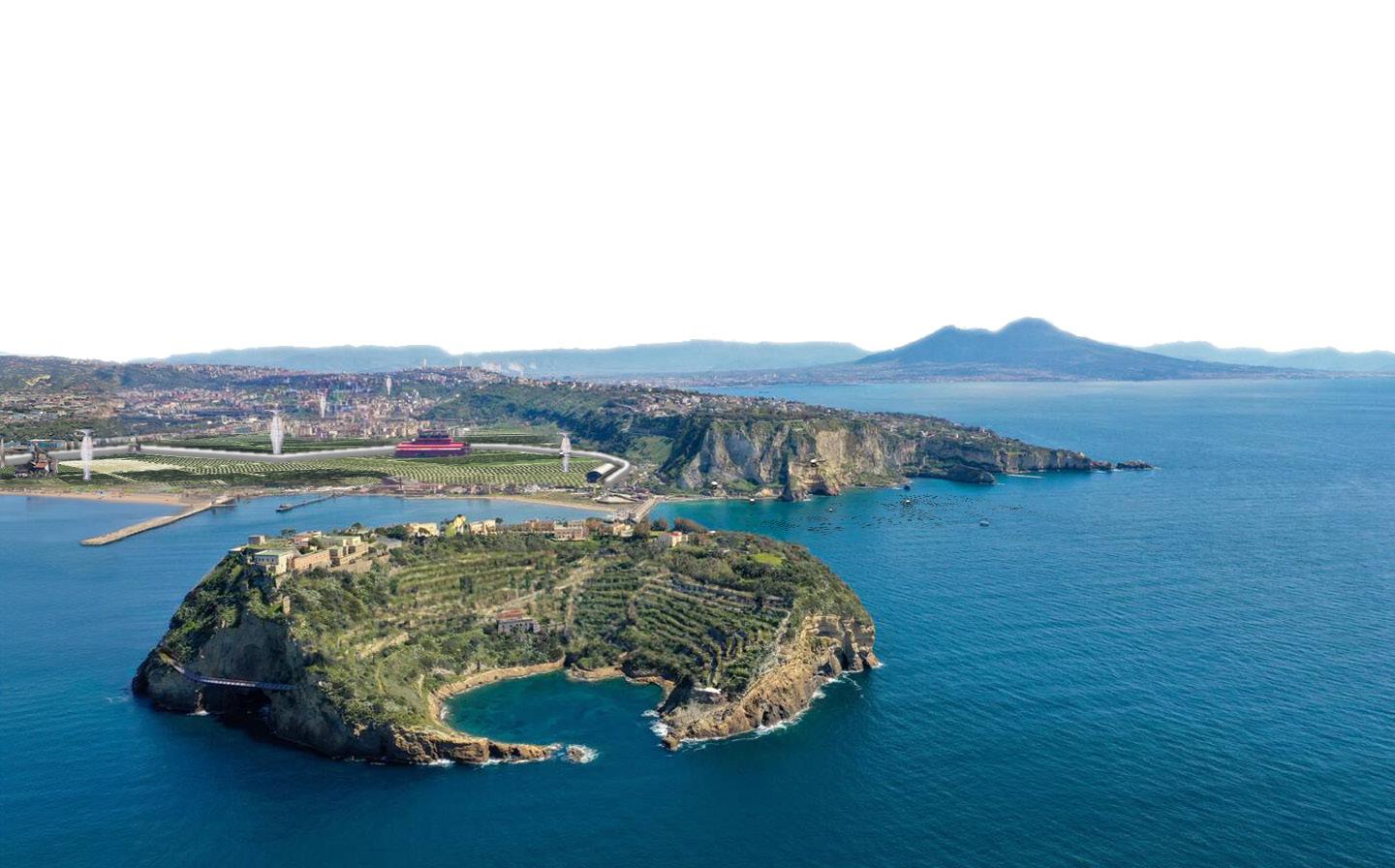
Proposed Masterplan - Scale

Bagnoli Masterplan - Visualisation
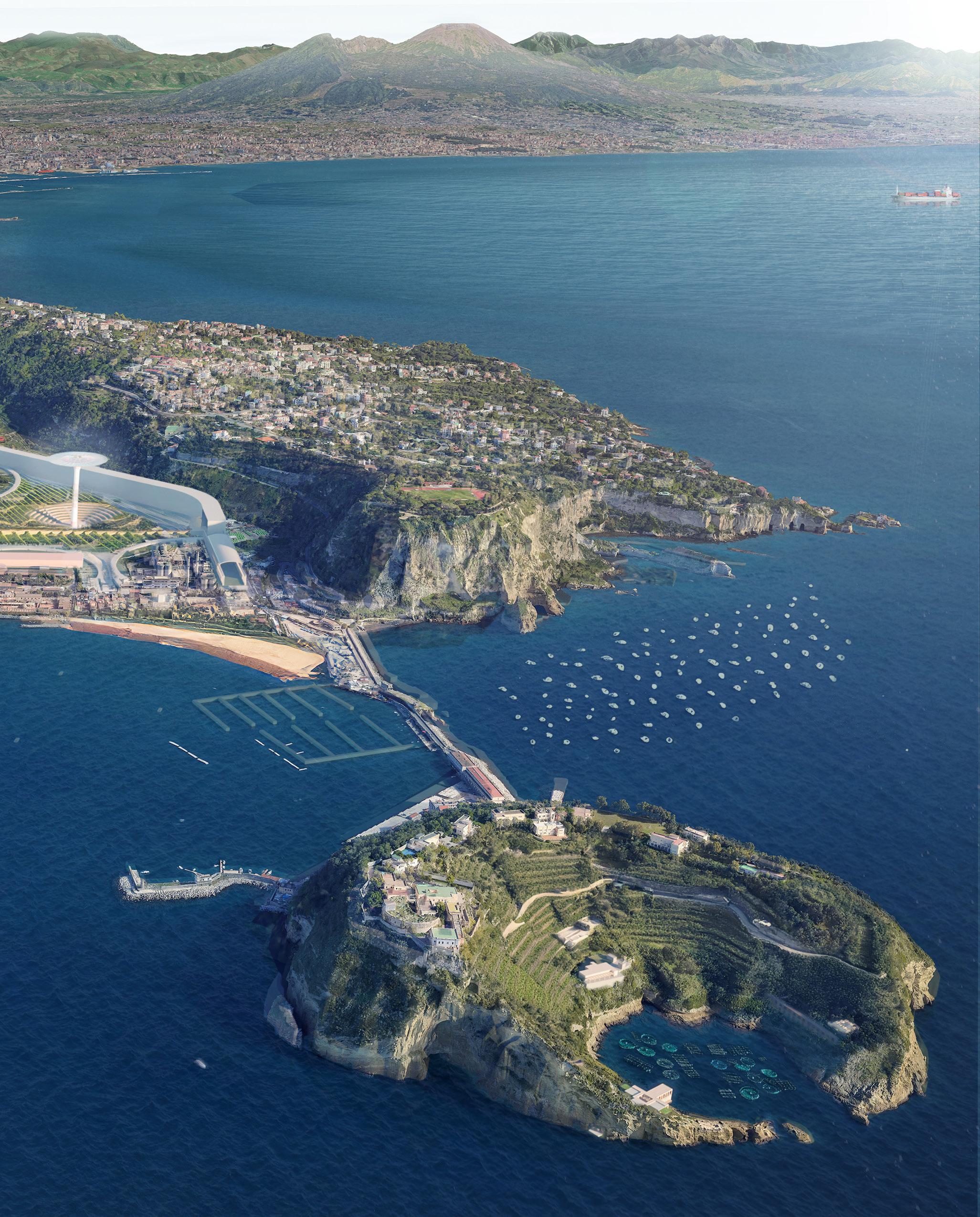
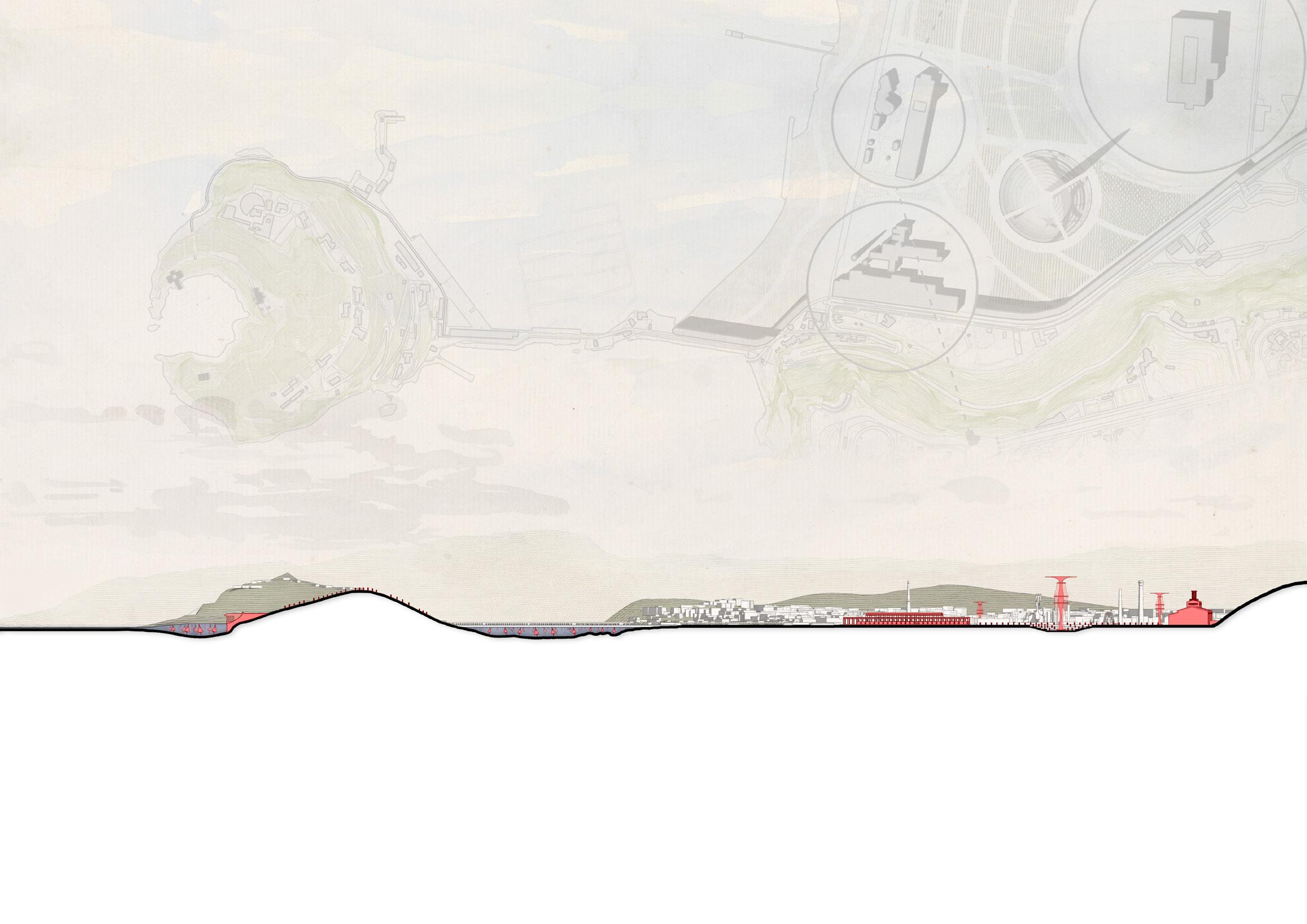
Masterplan Strategy - Site Section, Scale 1:5000
steelworks buildings
Bagnoli Winery
Bagnoli Estate Winery
Bagnoli Winery

Bagnoli Winery
The Bagnoli Estate Winery sits in contrast to the small artisan winery on the island of Nisida. Aptly named Cantina Nisida (Nisida Cellar), this uses traditional methods throughout the whole winemaking process, whereas Bagnoli makes use of new high tech systems such as drones and the towers.









4-0 Site Analysis - Site Plan, Scale 1:3000
Made up of three seprate buildings, Cantina Nisida’s winery is complimented by a wine repository (Villa Enoteca) and Workshop where all of the bottles are made from recycled glass from the local glassblowing industry. In the centre of the cove is of course the marine vineyard.
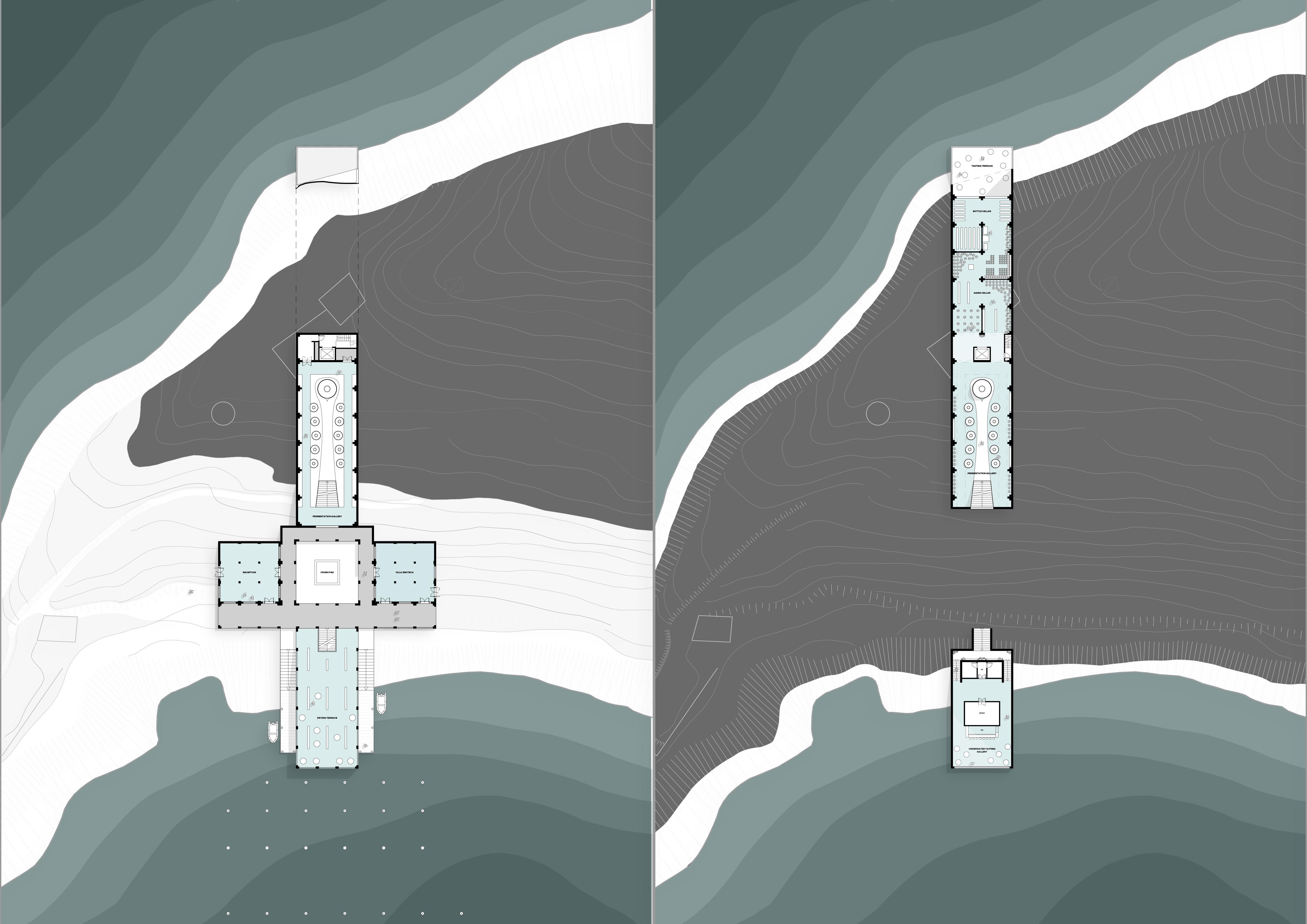
Ground Floor Plan - Scale 1:500

Construction Process
1. Excavating through the foundation for marine setting.
2. Add vaulting and sourced tuff stone and Bagnoli steelworks.
3. Constructing the on a pontoon, ensuring before carefully lowering cove bed.
4. Final touches and finishes
5. Installing winemaking and clay vessels, readying sustainable and traditional processes.
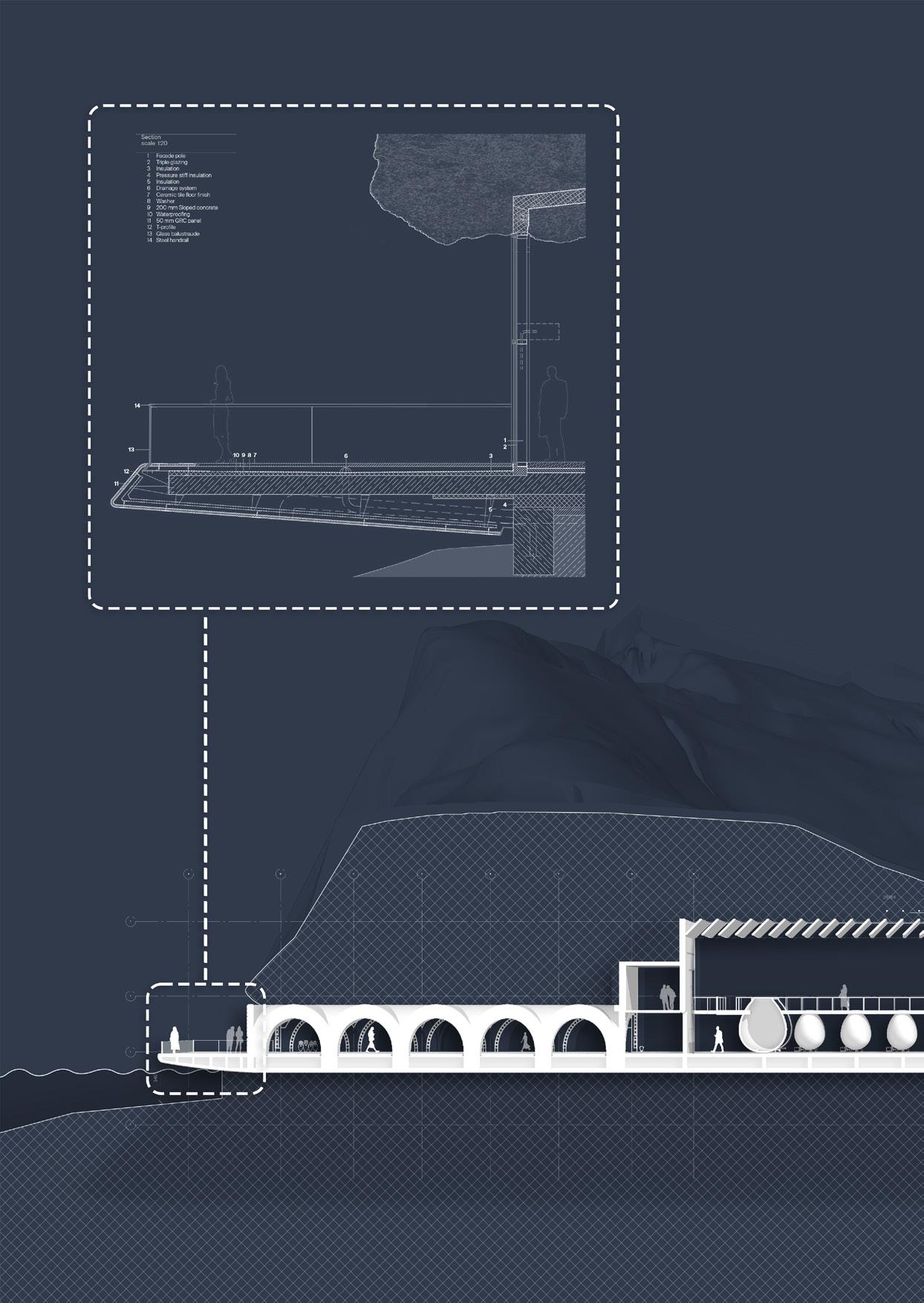
Process the cliff, carving out the wineries unique walls, utilizing locally and steel elements from underwater segment ensuring structural integrity lowering it down to the finishes winemaking vats, amphora, readying the winery for its traditional wine production
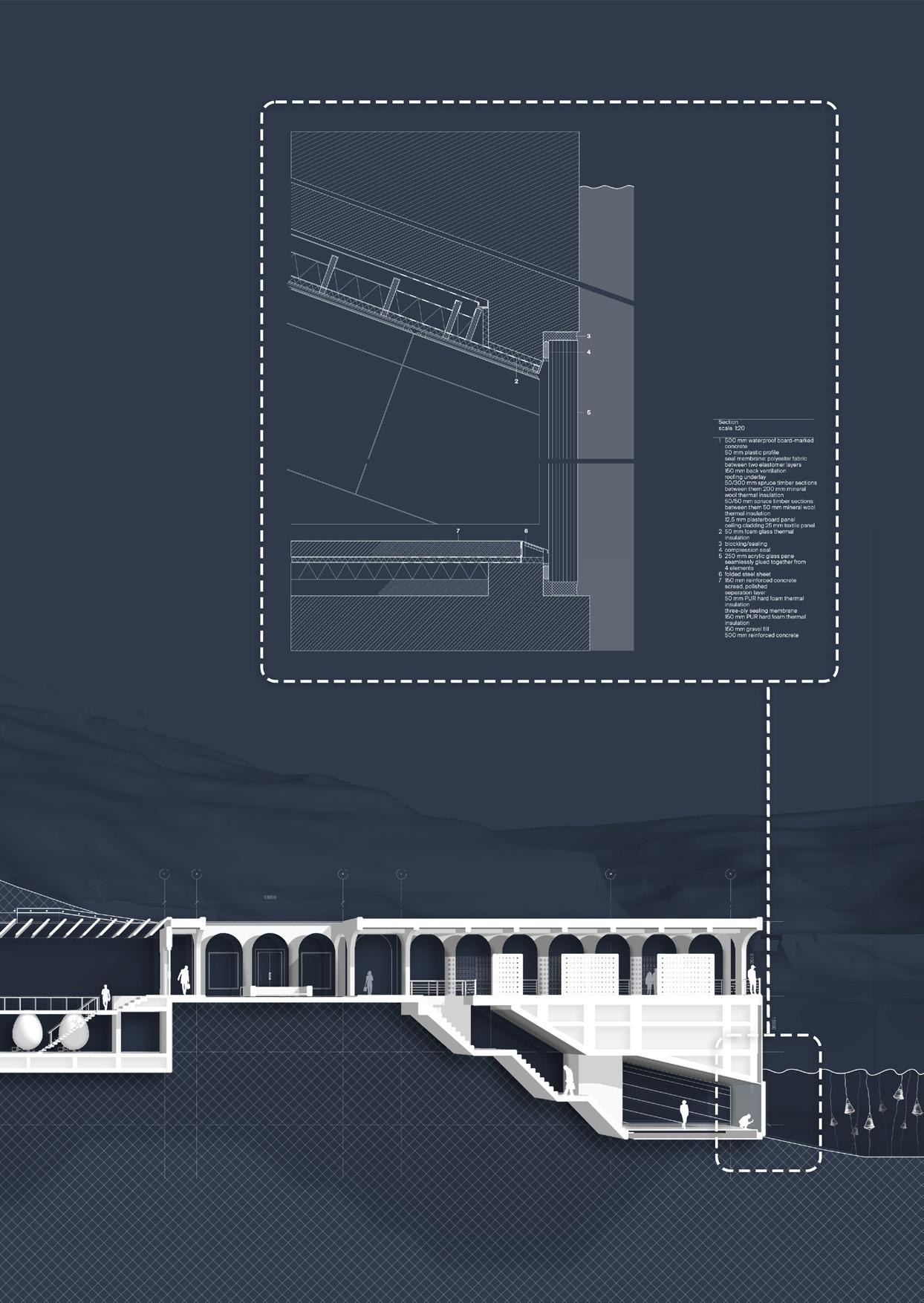
Underwater Tasting Room Detail - Scale 1:50
GALLERY CRUSH PAD UNDERWATER TASTING ROOM MARINE VINEYARD DRYING TERRACE
Cantina Nisida Marine Wine - Aglianico, Fiano & Greco di Tufo
At its peak in the 4th century AD, the wider region of Campania had over 100 grape varieties, more than anywhere else in the world. Cantina Nisida revives three ancient wines through the cultivation of Aglianico, Fiano and Greco di Tufo grape varieties.
ANIMATION - CLICK HERE


The sheltered bridge that follows around the north of the island provides a protected route from the sun and often harsh sea winds. The bridge cuts into and at some points is suspended from the cliff face. The route arrives on an elevated platform with a view out across the cove and down to the winery.

The Cantina Nisida Marine Winery embraces local heritage and sustainable practices. Reflecting a harmonious blend of tradition and innovation. The structure incorporates tuff stone, a locally abundant and durable material, complemented by steel elements, ensuring both resilience and aesthetic appeal.
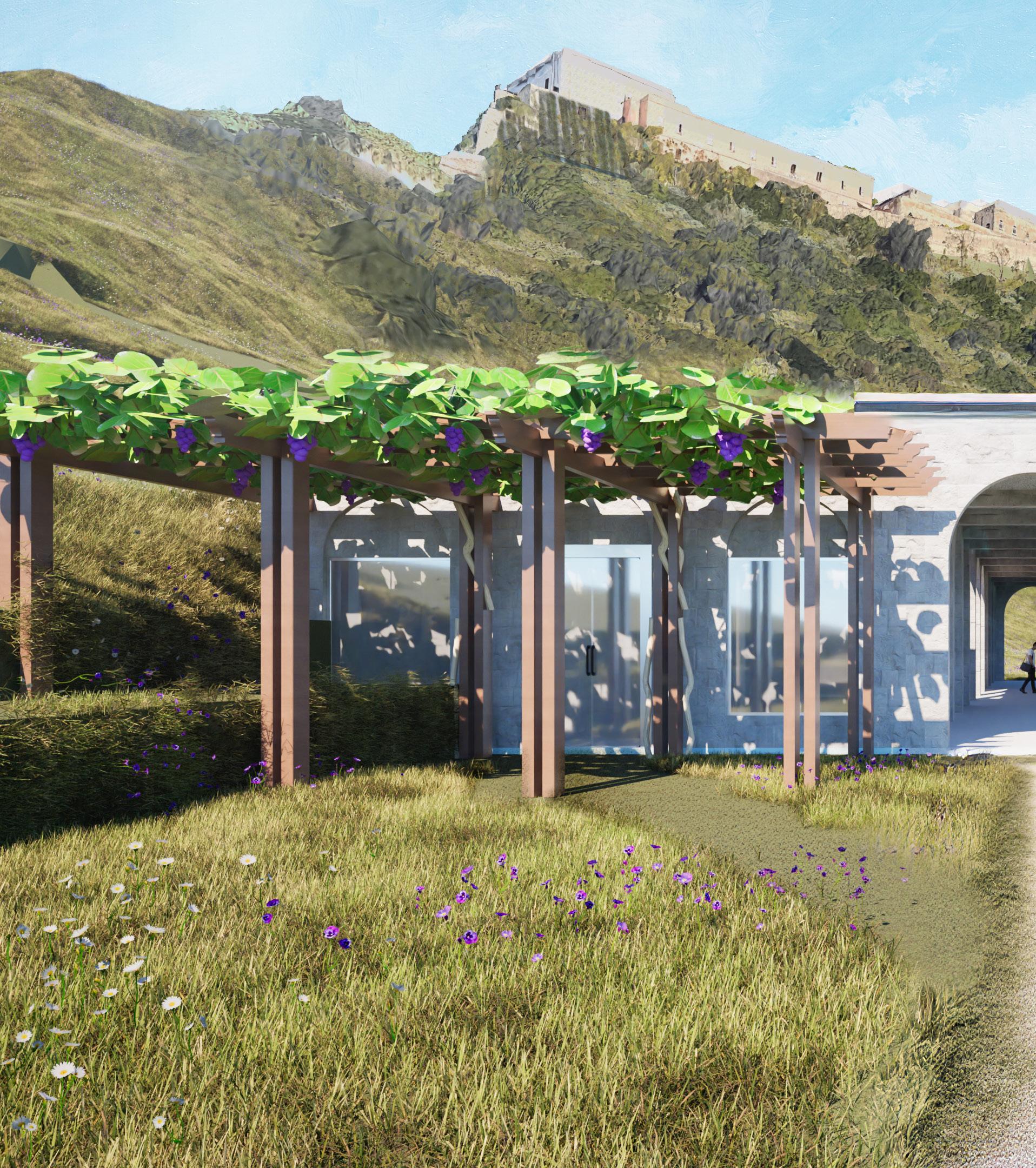
After descending down the hill you enter into the extended portico which leads you through to the central courtyard and belvedere. By looking at the way things were constructed locally, it was clear that the historic tuff stone construction and the modern industrial vernacular were the most suitable forms of construction.
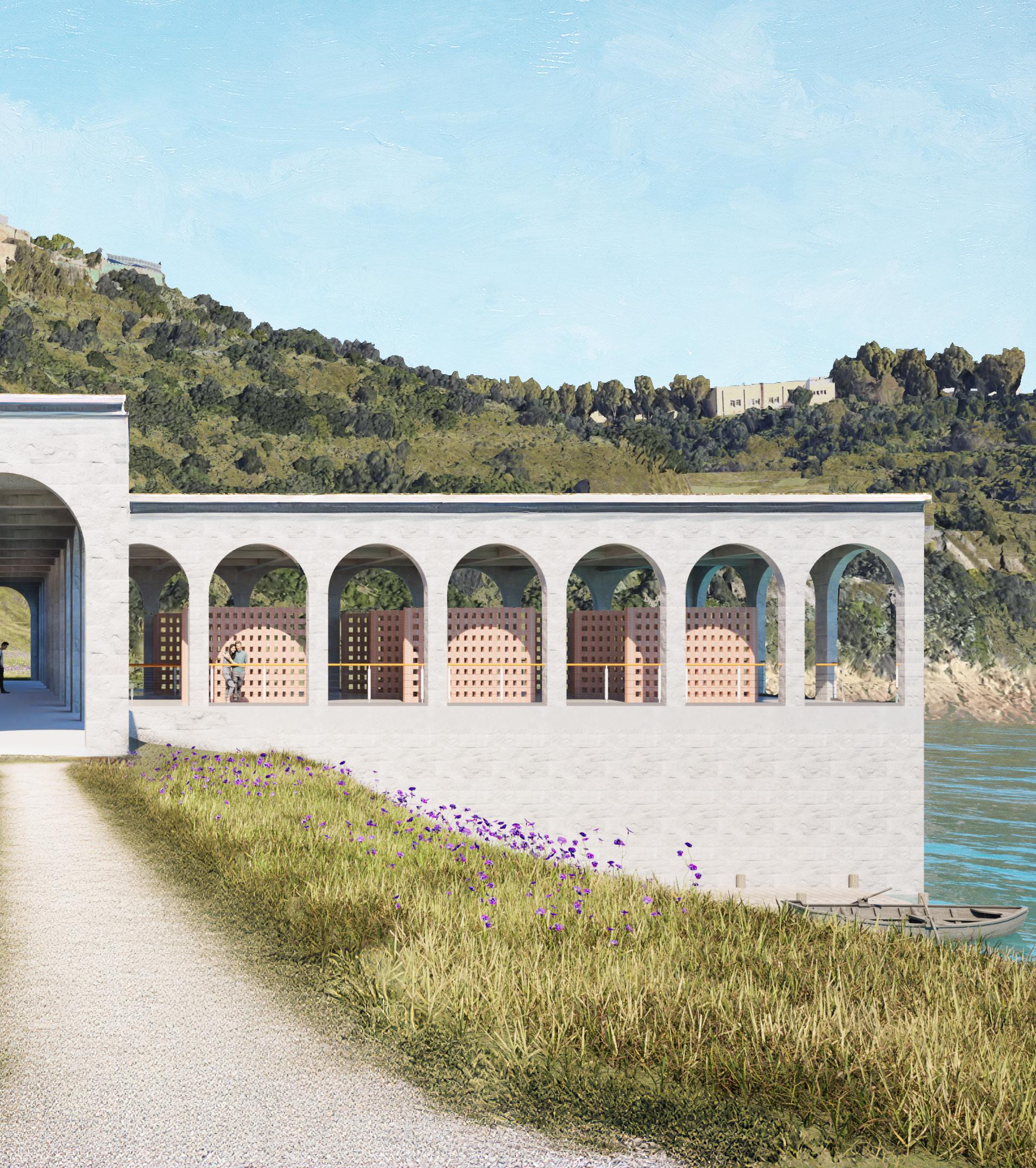

Underwater Gallery - Tasting Room
Submerged into the cove lies the underwater tasting room and restaurant, with views out into the cove surrounded by the protected archaeological park. This gives a view of the marine baskets and immerses you into the ritual of making marine wine.


The winery’s design celebrates sustainability by incorporating amphora and clay vessels for wine production, offering an environmentally friendly alternative to conventional winemaking practices. These ancient vessels not only pay homage to the region’s viticultural heritage but also contribute to a reduced carbon footprint, further solidifying the winery’s commitment to eco-consciousness.
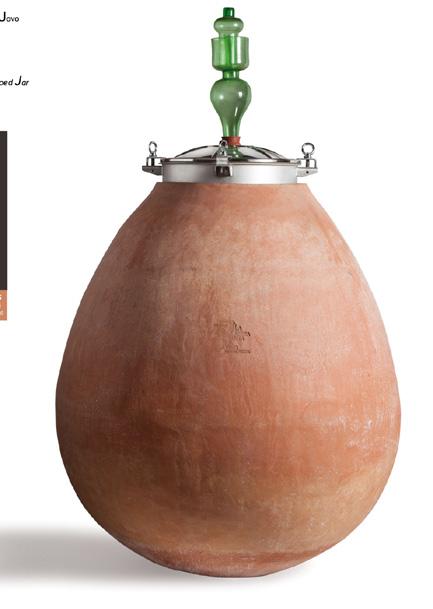
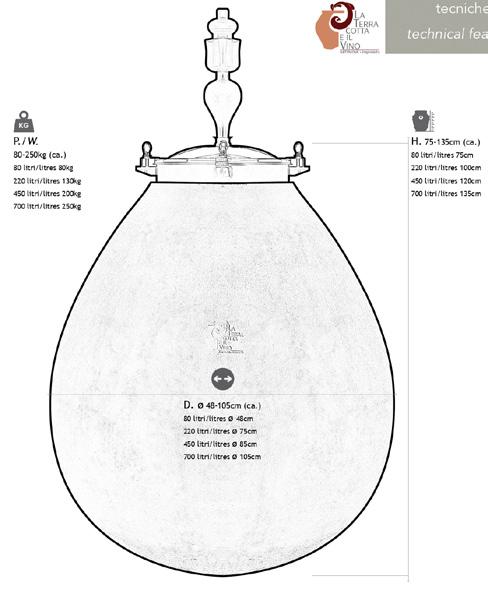
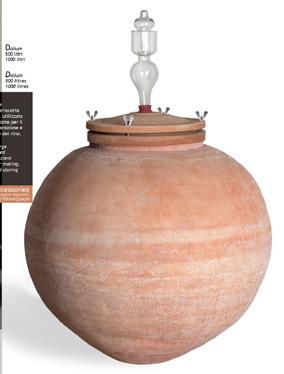


 Grande Dolium - 5,000 litres
Dolium - 1,000 - 2,000 litres
Grande Dolium - 5,000 litres
Dolium - 1,000 - 2,000 litres

The aging cellar provides vast storage for amphora for aging the wine after fermentation. A series of roman groin vaults with exposed tuff stone ceiling leads to a terrace at the North-Western side of the winery. This is the final destination of the winery tour with views out across the Bay of Pozzuoli towards Baia and Ischia.
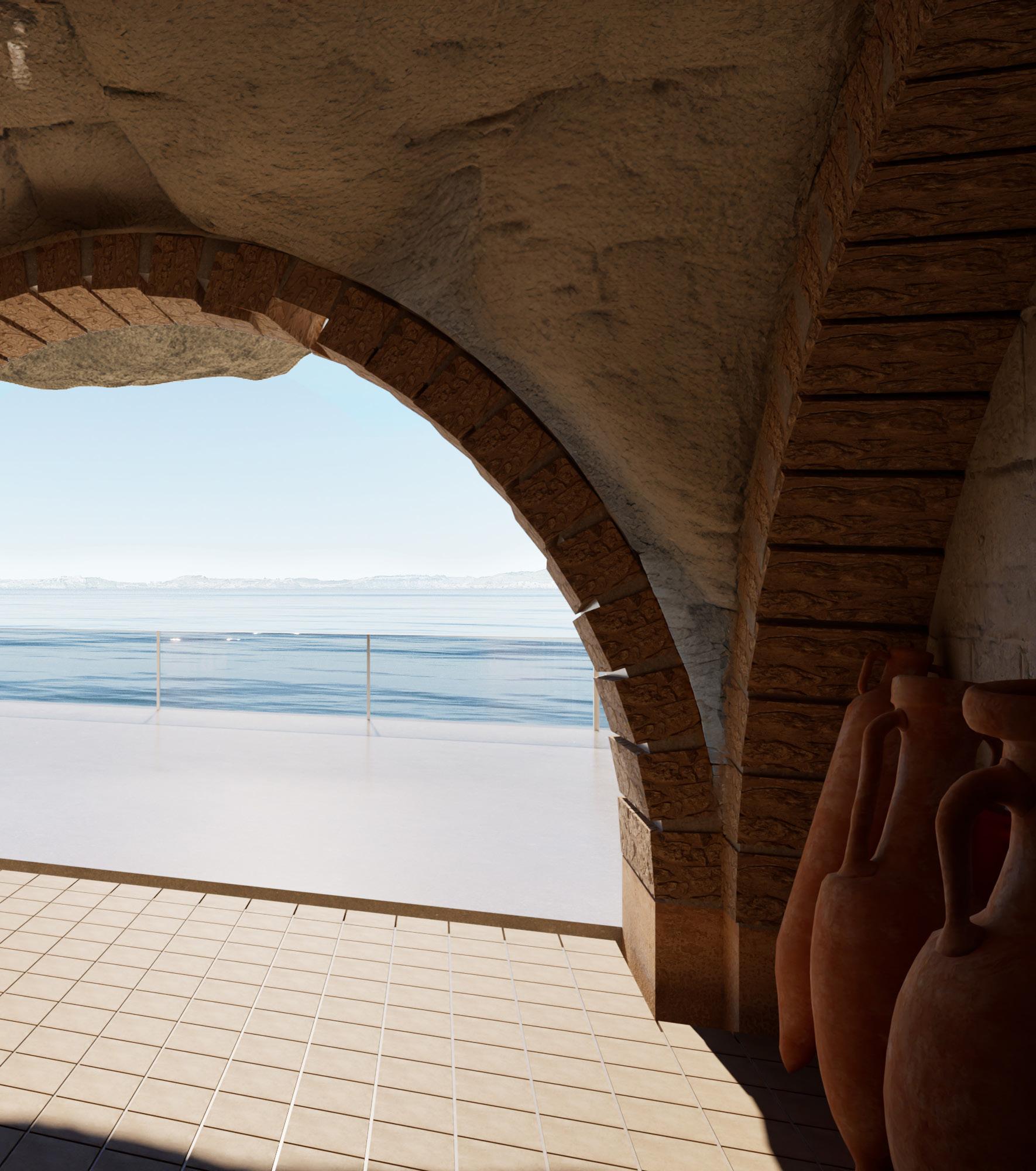

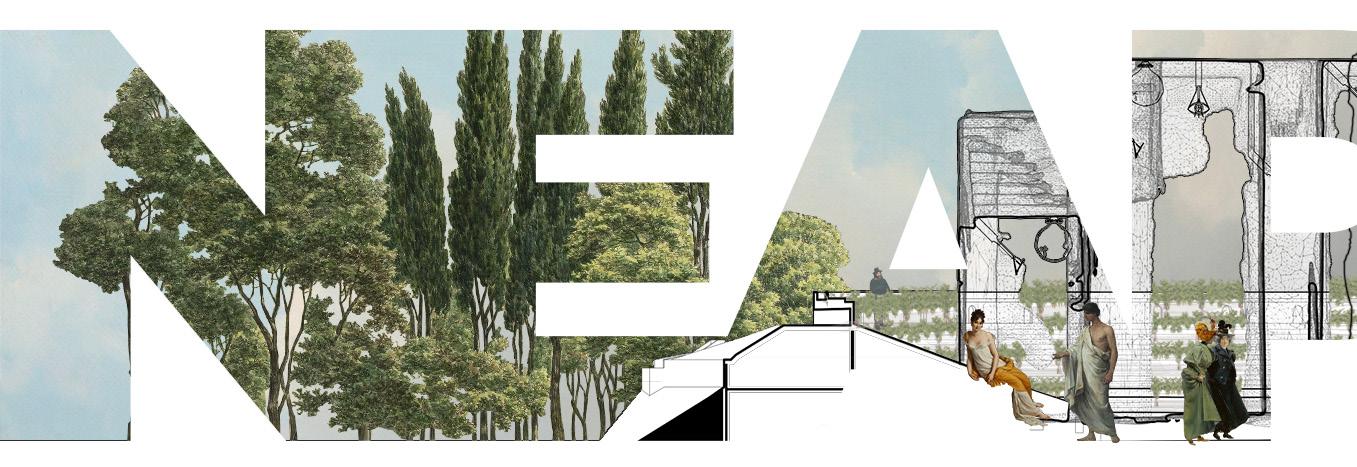
 Published by Christopher Briggs 2024
Published by Christopher Briggs 2024